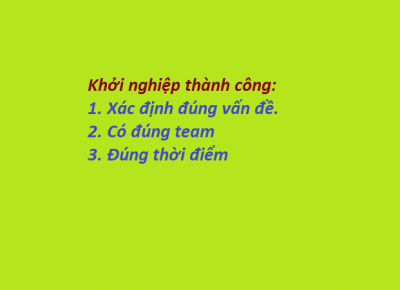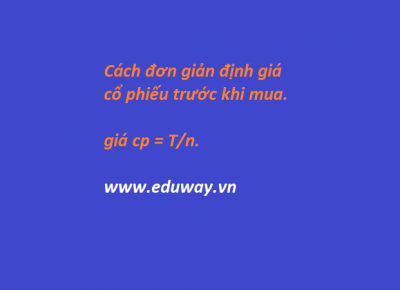7 ways to build your child's vocabulary
As one who researches the best ways to develop children's literacy, here are seven things that I believe parents and educators can do to help build children's language and vocabulary skills.
1. Talk about objects and events that interest the child
Talk about something that has the child's attention. A mother may notice her 8-month-old baby staring at a large cat and say, "Oh look at the nice kitty. She has such pretty eyes and soft fur." Such interactions may also occur when a child points to something and starts trying to talk about it, indicating excited interest. These exchanges are prime opportunities for adults to name, describe and explain things. Occasions when parents and children talk about things they are both attending to are powerful instructional moments. Words are paired with objects, events and emotions. The importance of these exchanges is shown by the fact that the amount of pointing by children at 18 months is related to language development at 42 months.
2. Have many conversations with children
The amount of language children hear during conversations with adults in the first 18 to 24 months of life matters. Language areas of the child's brain are rapidly developing. The ability to translate sounds into meaningful words is rapidly improving. Linking sounds to meanings quickly enables one to continue to make sense from the words they are hearing. The speed with which children assign meaning to words is strongly related to the amount of language they have heard as part of adult-child conversations.
3. Engage in sustained interactions
By the time children are 2, it is not only the quantity but also the quality of the conversations they hear that matters. At this point to really foster your child's language growth, don't be in a hurry—talk with your child about particular objects or events for a decent amount of time. It's not necessarily a certain amount of time that matters. But there should be at least eight to 10 back-and-forth exchanges between the parent and the child. When children are verbal, these back-and-forth exchanges that take place over many turns are especially valuable.
Indeed, preschool children who have longer-lasting conversations show faster brain development and more efficient processing of information than those who have fewer and shorter conversations.
4. Read and discuss books
One of the most powerful of all shared activities is book reading. Books can be shared and enjoyed from the first year of life. They provide endless opportunities to name objects, animals and action. These experiences can be repeated over and over. The activity also gives parents a time to bond with their child while talking about favorite pictures, events and stories.
5. Use varied words while expanding world knowledge
Children acquire knowledge rapidly as they learn words that refer to more complex concepts. As time goes on, these words will be used during conversations about new ideas and experiences. For example, during a trip to an aquarium a child might see fascinating creatures as their parent names the animal, talks about parts of its body—its fins and tail, for instance—and how it moves. Or, during a trip to the grocery store, one can name objects, discuss their attributes, talk about where they come from and much more.
6. Talk about past events
Through language we are able to travel through time to past and future events. As parents talk with children about experiences from the past, they tend to use novel words and children, in turn, are encouraged to use them. For example, a parent may say, "Do you remember when we went to the aquarium? The child responds: "Yes, we saw that big big fish with wings." To which the parent replies: "Yes that was an enormous stingray." Regular conversations about the past foster vocabulary learning.
7. Engage in pretend play
Language enables children to construct and live in imaginary worlds. The talk that occurs as they enact their roles in these imaginary worlds leads them to expand their vocabulary.
For example, two children are playing with action figures that represent doctors. One child holds a doctor figure and the other is playing with one that is lying on the ground. The doctor says, "Be quiet I need to use my stethoscope." The "injured" figure says, "OK. Is that the thing you use to hear my heart?" Here we see one child informally teaching a sophisticated word. The second child is learning what a stethoscope is and, as they play, will gain some understanding of how it is used.
These evidence-based methods are just a few ways that parents can help build their children's vocabulary and knowledge of the world.









